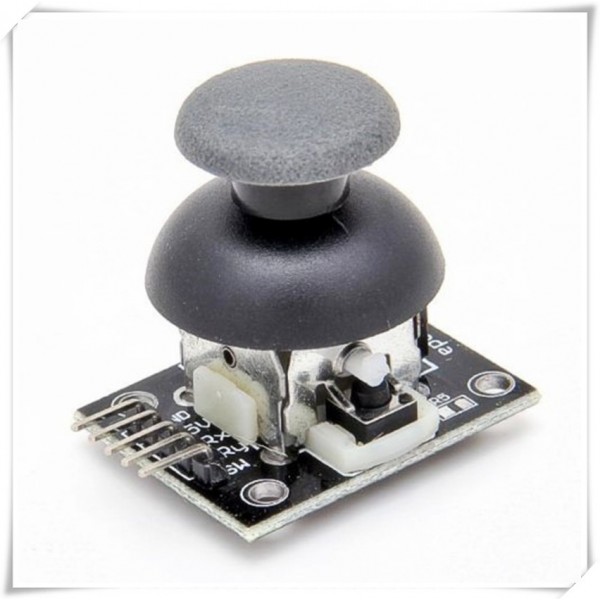

Dont forget that the microcontroller itself uses roughly 20mA. We started by connecting the steppers to the CNC shield and then to the Arduino. The Arduino has a little 5V regulator that is capable of delivering 100mA to 500mA depending on your Arduino. The rope at the other end would have a camera gimbal operated by a. Steady your camera with a gimbal comprised of three brushless motors. Gimbals do this by compensating for movement using three brushless motors, one for each axis of movement: roll, pitch, and yaw. Then you can use the existing gear reduction and potentiometer feedback system. Put simply, the 5V supply regulator IC on the Arduino is only designed to power the microcontroller (s) and a handful of other electronic components. A camera gimbal is a device that keeps a camera steady, allowing for smoother footage.
#Arduino camera gimbal stepper install#
To make a BLDC motor act like a servo, use an actual servo and remove the brushed DC motor and install a BLDC in it's place. Turning a stopped brushless motor a few degrees and then stopping again might be possible if you added a quadrature encoder to the shaft, but it would be very difficult to get any accuracy (it will tend to "cog" as the magnets and coils line up) and the motor will tend to freewheel so you'll actively have to power the motor to maintain position. wheels2 and gimbals.34 Here we investigate the use of a single stepper. At slow RPM, there is little to no back-EMF so the ESC has to "guess" and use a "canned routine" until the motor gets up to speed (several hundred RPM). cameras) and has been proven to work in flight. I have to use a light and compact camera to mount on the gimbal. I need to bypass the small fluctuation of the reading of the accelerometer. Positive integer to turn one direction, negative integer to turn the other.

Syntax step (steps) Parameters steps: the number of steps to turn the motor. Most brushless motors these days are sensorless so the ESC (Electronic Speed Controller) uses back-EMF to detect what phase needs to be energized when. I made a gimbal with a smoothing function with code, the accelerometer attached to the platform will produce a lot of jitters as the sensor is very sensitive to the servo’s motion. For better control, keep the speed high and only go a few steps with each call to step (). Brushless motors are good at running 10,000RPM or more. The SPI interface is the fastest of low-speed peripherals, compared to other 1-Wire, I2C, UART, and I2S interfaces on the MCU.


 0 kommentar(er)
0 kommentar(er)
